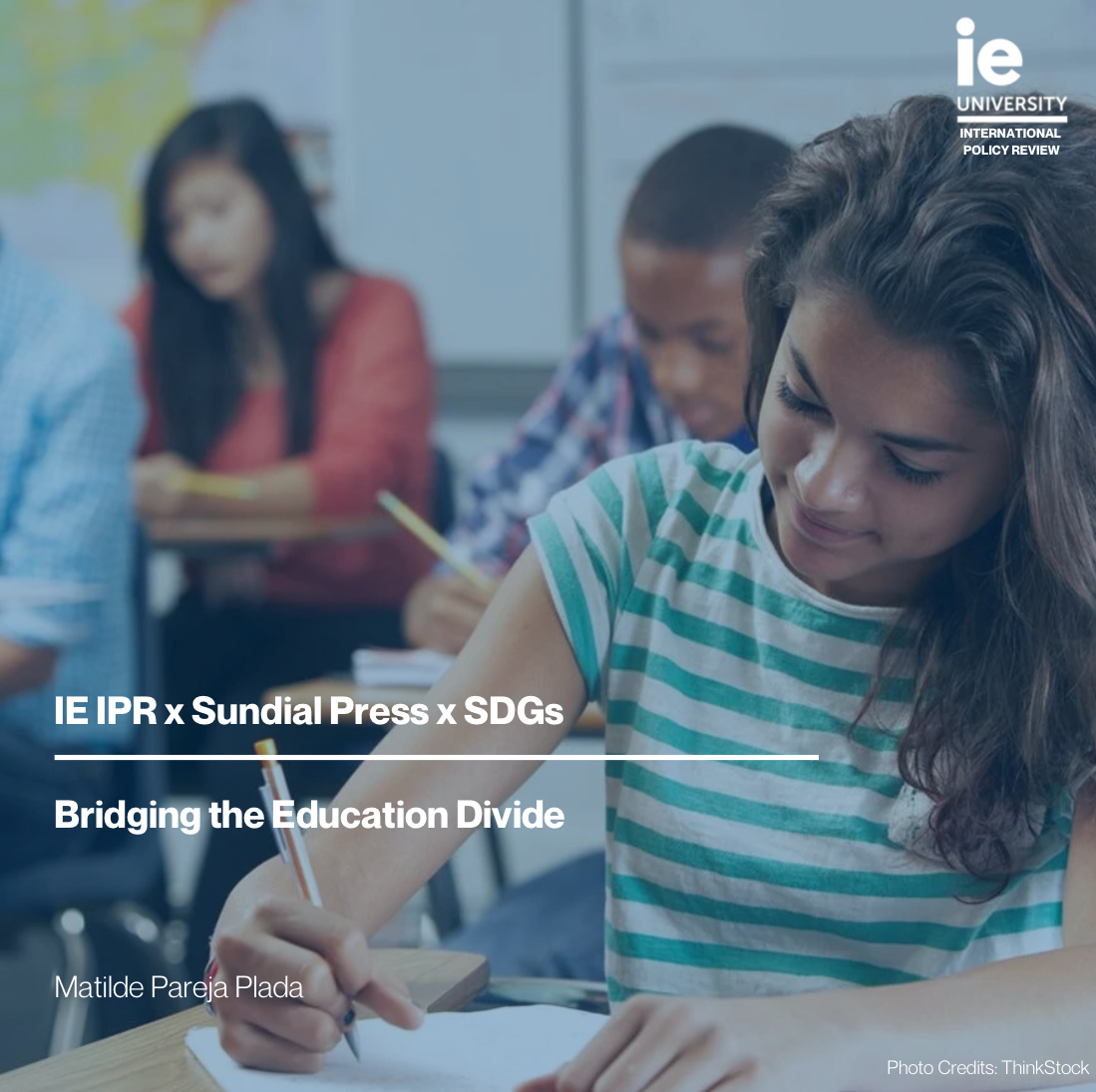
30 Jun Bridging the Education Divide: Comparing the Socioeconomic disparities that shape PISA performance in Spain and Mexico
Matilde Pareja Plada
IE University, Madrid, Spain.
Bachelor of Behavior and Social Sciences.
E-mail: mpareja.ieu2023@student.ie.edu.
Abstract
Educational inequality has been and continues to be a prominent hurdle to achieving economic growth and social mobility, especially in countries with significant socioeconomic disparities. This paper examines the impact of these disparities on students’ educational performance in Spain and Mexico, utilizing the Programme for International Student Assessment (PISA) as the point of reference. Despite the two countries’ historical connection and shared language, Spain consistently accomplishes higher results than Mexico. Through a comparative analysis, this paper highlights the main factors that have led to Spain’s relative success, including, but not limited to, better allocation of GDP (Gross Domestic Product), ECE (Early Childhood Education) investment, and enhanced classroom curriculum. The research not only demonstrates which policies have contributed to Spain’s success but also analyzes their potential to be implemented in Mexico. The data indicates that through various policy interventions, such as bettering teacher salaries and training, minimizing dropout rates, promoting ICT accessibility, and developing educational governance, education becomes more equitable. By drawing upon insights from Spain’s educational programs, Mexico can implement policies and restructure institutions to conceive a fairer learning system, thus facilitating social mobility and long-term economic growth.
READ THE FULL ARTICLE HERE
Keywords: Socioeconomic disparities, PISA, Comparative Education

Sorry, the comment form is closed at this time.